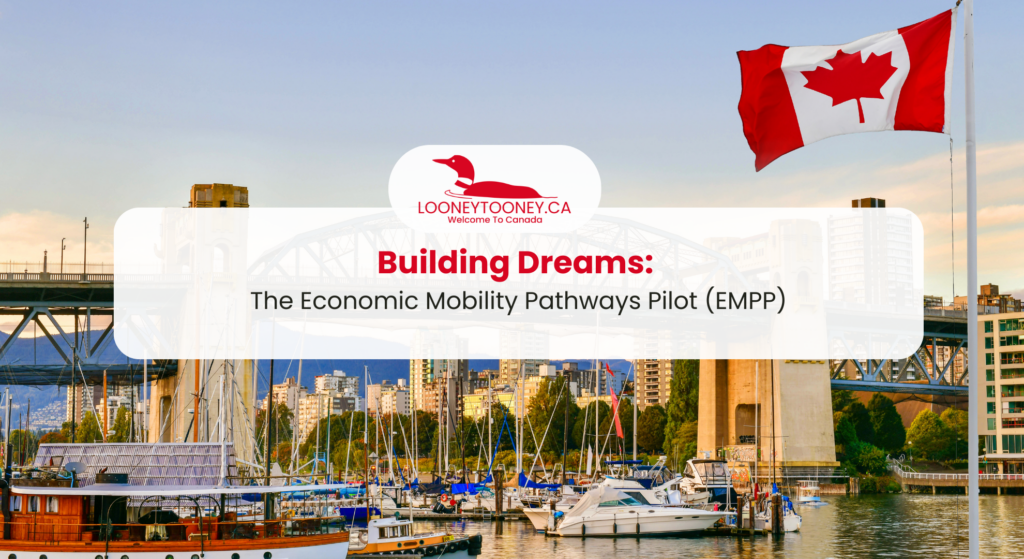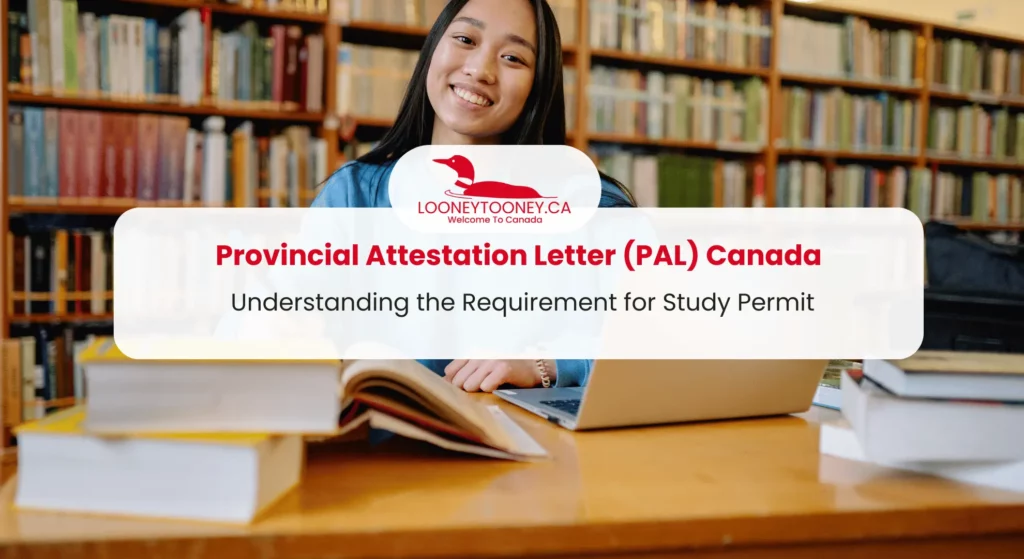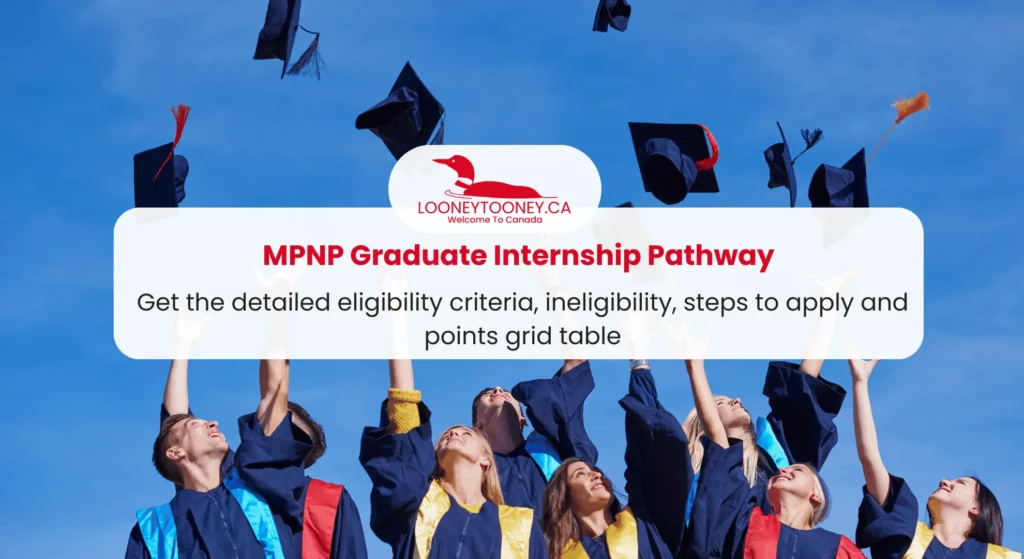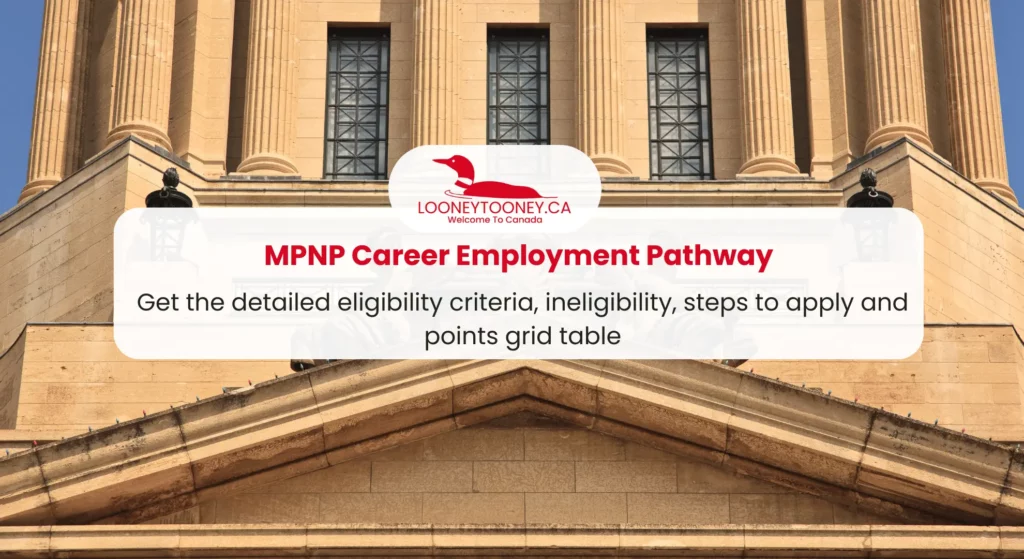The Economic Mobility Pathways Pilot (EMPP) in Canada highlights the nation’s dedication to promoting inclusive economic growth by utilizing the talents and skills of skilled refugees and displaced individuals. By merging refugee resettlement with economic immigration, the EMPP not only provides a lifeline to those seeking refuge but also serves as a force for innovation and diversity within Canada’s workforce. Scroll down to learn more about the Economic Mobility Pathways Pilot.
Table of Contents
- What is the Economic Mobility Pathways Pilot Program in Canada?
- How Economic Mobility Pathways Pilot Works?
- Who Can Apply for Economic Mobility Pathways Pilot?
- How to Apply for Economic Mobility Pathways Pilot?
- Economic Mobility Pathways Pilot: Post-Application Steps
- After You Arrive in Canada
- FAQs on Economic Mobility Pathways Pilot
What is the Economic Mobility Pathways Pilot Program in Canada?
The Economic Mobility Pathways Pilot combines refugee resettlement with economic immigration. It offers a route that:
- Assists skilled refugees in immigrating to Canada via established economic programs.
- Provides employers with access to a fresh pool of skilled candidates to meet job vacancies.
How Economic Mobility Pathways Pilot Works?
The EMPP helps skilled refugees and other displaced individuals immigrate to Canada.
IRCC has streamlined the application process for immigrating to Canada through the EMPP. Now, there are two pathways for applying:
1. Via 1 of 3 selected economic programs:
- Atlantic Immigration Program (AIP)
- Provincial Nominee Program (PNP)
- Rural and Northern Immigration Program (RNIP)
This option is known as the regional EMPP. To qualify, you must first meet the eligibility criteria for one of the aforementioned programs and then apply to a province, territory, or RNIP community, depending on the program chosen.
2. Directly to IRCC for the EMPP:
This is known as the federal EMPP, which includes both a Job Offer and No Job Offer stream. To qualify, you must meet the requirements for work experience, education, and language proficiency.
Through the EMPP, you will receive the following benefits:
- Waived application and biometric fees for you and your dependents
- Application review and processing within 6 months or less (in most cases)
- Coverage of medical examination costs through the Interim Federal Health Program
- Access to the Immigration Loans Program (ILP), if your application is approved, to assist with:
– Travel expenses
– Some pre-arrival travel services offered by the International Organization for Migration
– The right of permanent residence fee - Access to the EMPP-specific Canadian Orientation Abroad Programme to aid in your settlement in Canada
If you opt to apply for an economic immigration program through the regional EMPP, you will also benefit from:
- Simplified eligibility criteria and application process
- Ability to utilize a loan to fulfill financial requirements to support yourself and your family in Canada (i.e., settlement funds).
Who Can Apply for Economic Mobility Pathways Pilot?
To apply for the EMPP, you must meet 3 eligibility requirements.
1. You must be classified as a refugee or displaced person
To demonstrate this, you must have one of the following documents:
- Positive Refugee Status Determination (RSD) from a refugee-hosting state or UN Refugee Agency
- Proof of registration or record as a person of concern by the UN Refugee Agency,
- Refugee certificate issued by United Nations Relief and Works Agency for Palestine in the Near East (UNRWA),
- Proof of registration or record as a person of concern with UNRWA,
- proof of temporary protected status along with a completed Durable Solution Information Form (IMM 0195).
– If you submit an application with a temporary protected status document, an officer will evaluate your case and determine whether you lack a durable solution.
If you lack any of the documents mentioned above, one of the trusted partners can evaluate your eligibility as a refugee or displaced person. And, provide you with a referral letter if you meet the criteria. It’s essential to note that you must be residing outside Canada when applying to the EMPP.
2. You must fulfill the criteria based on the method of application you select
(i) Apply based on your work experience, education, and language skills through the Federal EMPP
You can apply under one of these streams: Job Offer Stream and No Job Offer Stream (limited to 150 applications per year).
1. Job offer stream
To qualify for the job offer stream, certain criteria must be met:
A) Job Offer:
You must secure a job offer that meets the following criteria:
- Full-time employment (requiring at least 30 hours of work per week)
- Non-seasonal
- Offered by a Canadian employer
- For a position listed in TEER Categories 0, 1, 2, 3, 4, or 5 of the National Occupation Classification
B) Work Experience
Your work experience should meet the following criteria:
- A minimum of 1 year of full-time, paid work experience (equivalent to 1,560 hours), or an equivalent amount of part-time work.
- Accumulated over any timeframe.
- Relevant to TEER Categories 0, 1, 2, 3, 4, or 5.
- Can also include periods of self-employment
C) Education
Your training, education, experience, and responsibilities should align with the TEER category corresponding to the job offer.
| Job Offer Category | Requirements |
| TEER 0 or TEER 5 | No specific education requirements are needed, but you must demonstrate your ability to fulfill the job duties. |
| TEER 1 | Completed university education (a bachelor’s, master’s, or doctorate) or have at least one year of previous experience in a related TEER 2 job. |
| TEER 2 | Completion of a post-secondary education program lasting at least 2 years at a community college, institute of technology, or CÉGEP. (OR) Completion of a 2-year apprenticeship training program for roles with supervisory or significant safety responsibilities (like police officers and firefighters). (OR) Have at least 1 year of prior experience in a related job from TEER 3 or higher. |
| TEER 3 | Completion of a post-secondary education program at a community college, institute of technology, or CÉGEP. (OR) Completion of an apprenticeship training program, or more than 6 months of on-the-job training, training courses, or specific work experience, combined with secondary school education. (OR) Have at least one year of prior experience in a related occupation from TEER 4 or higher. |
| TEER 4 | Completion of secondary school education. (OR) Completion of several weeks of on-the-job training combined with secondary school education. (OR) Have at least one year of previous experience from TEER 5 or higher. |
D) Language Skills:
You are required to:
Validate your proficiency in the official language by presenting an approved language test in English or French.
Attain the minimum score corresponding to your job’s TEER category:
- For job offers in TEER Category 0, 1, 2, or 3: Canadian Language Benchmark (CLB)/Niveaux de compétence linguistique canadiens (NCLC) 5.
- For job offers in TEER Category 4 or 5, a minimum score of CLB/NCLC 4 is required.
Ensure that your language test results are no more than 2 years old at the time of application.
2. No job offer stream
To qualify for the no job offer stream, certain criteria must be met:
A) Work Experience:
Your work experience must:
- Be at least 1 year of full-time, paid work (equivalent to 1,560 hours), or an equal amount in part-time work.
- Was acquired within the last 3 years before the date IRCC received your application.
- In TEER Category 0, 1, 2, or 3 of the National Occupational Classification.
- Excludes any period of self-employment.
B) Education
You must have either:
- A Canadian secondary school credential, or
- A foreign degree, diploma, or certificate along with an Educational Credential Assessment (ECA) issued no more than 5 years before the date IRCC receives your application.
C) Language Skills
You are required to:
- Validate your official language proficiency by providing an approved language test score in either English or French.
- Attain a minimum score of CLB/NCLC 7 in each of the 4 language abilities.
D) Settlement Funds
You need to demonstrate that you have sufficient funds to sustain yourself and your family in Canada.
The required amount varies based on your family size. It may include:
- Grants, gifts, and community donations.
- Household income earned by you, your spouse or partner, and any dependents.
(ii) Apply via an economic immigration program, the regional EMPP
You need to meet the eligibility requirements for 1 of the following economic immigration programs:
- Atlantic Immigration Program
- Provincial Nominee Program
- Rural and Northern Immigration Pilot
To qualify for any of these programs, you must have:
- Proficiency in English or French
- Educational background or job training, along with relevant work experience
- A job offer from a Canadian employer for full-time employment
If you wish to apply for the Atlantic Immigration Program or the Rural and Northern Immigration Pilot under the EMPP, certain eligibility requirements are waived:
- You are not required to provide proof of having worked the specified number of hours within the designated timeframes. Instead, you only need to demonstrate that you have accumulated the same number of hours in general prior to your application.
- You have the option to apply for a loan to fulfill the requirement of having sufficient funds to support yourself and your family upon arrival in Canada.
- You are not obligated to obtain an education credential assessment.
Please note that these exemptions do not apply to the Provincial Nominee Program. The specific requirements for this program are determined by the respective province or territory.
3. Admissibility
You must be admissible to Canada.
Certain individuals are considered ineligible to enter Canada; they are considered “inadmissible” under Canadian immigration law.
A Canadian immigration officer will assess your eligibility to enter Canada when you:
- Apply for an Electronic Travel Authorization (eTA) or a visa, or
- Arrive at the port of entry
Various factors, including security, criminal history, or medical grounds, may lead to a decision to deny entry into Canada.
How to Apply for Economic Mobility Pathways Pilot?
You have the option to submit an application on your own, or with assistance from a non-governmental partner.
There are external partner organizations that can aid you in:
- Connecting with employers in Canada
- Preparing for a job offer
- Apply for the EMPP
The partners are TalentLift, THIAS, FOCUS Humanitarian Assistance, International Rescue Committee, Talent Beyond Boundaries, Jumpstart Refugee Talent, RefugePoint, and World University Service of Canada
Applying for Economic Immigration via the Regional EMPP: Steps to Follow
Step 1: Preparing for Economic Mobility Pathways Pilot Application
Before starting your application for the EMPP, ensure you:
- Obtain a nomination, endorsement, or recommendation from a province or community depending on the program you are applying for.
- Complete an application for 1 of the economic immigration programs (AIP, PNP, RNIP)
You need to complete your economic immigration application online via the Permanent Residence Portal. Then you also need to complete your EMPP application through the same online platform.
If you are unable to utilize the portal, you can also apply by email.
Step 2: Checklist and Forms
Checklist: Document checklist [IMM 0137]
Utilize this checklist to ensure all required forms and documents are included.
Forms for Completion: Pre-Arrival Facilitations form [IMM 0184]
Additionally, if applying with temporary protected status, completion and attachment of the Durable Solutions form [IMM 0195] is mandatory.
You need to include the Trusted Partner Referral Letter [IMM 0183] if you are applying with support from a designated partner. This form will be provided by your partner.
Step 3: Form Completion
Refer to the instruction guide (IMM 0139) to complete your form.
Ensure Adobe Reader 10 or higher is installed and JavaScript is enabled. If you are facing any difficulty while downloading a form, right-click the link and select “Save Target As…”
Step 4: Application Submission
You need to submit your economic immigration program application and your EMPP application together via the portal.
Applying through the Federal EMPP: Options with or without a Job Offer
Step 1: Checklist and Forms
Checklist: Document checklist [IMM 0194]
Ensure all necessary forms and documents are included using the document checklist
Form for Completion: Pre-Arrival Facilitations form [IMM 0184]
If applying with temporary protected status, it is mandatory to complete and attach the Durable Solutions form [IMM 0195]
If you are applying with support from a partner, the inclusion of the Trusted Partner Referral Letter [IMM 0183] is necessary. This form will be provided by your partner.
Digital Form Submission Requirement
These digital forms need to be completed online, for yourself, and any family members aged 18 or older:
Generic Application Form for Canada (IMM 0008)
Schedule A – Background/Declaration (IMM 5669)
Additional Family Information (IMM 5406)
Supplementary Information – Your travels (IMM 5562)
Forms for Employer
If you are applying under the job offer stream, your employer must complete and sign the following form:
Offer of Employment to a Foreign National [IMM 0197] – Federal EMPP
Step 2: Complete Your Forms
Refer to the instruction guide (IMM 0196) to fill out your forms.
You need to have Adobe Reader 10 or higher installed and JavaScript enabled. If you face any issues while downloading a form, right-click the link and select “Save Target As…”
Step 3: Submit Your Application
You need to submit your application online through the Permanent Residence Portal.
If you are unable to apply using the portal, applications will also be accepted via email.
Economic Mobility Pathways Pilot: Post-Application Steps
You and any family members accompanying you to Canada may be required to attend an interview to provide additional information. If an interview is necessary, IRCC will inform you of the date, time, location, and the documents you need to bring. During the interview, you and your family members must provide fingerprints and photos (biometrics).
If you are found ineligible for the Economic Mobility Pathways Pilot, IRCC will notify you.
On the other hand, if you are found eligible, IRCC will review your application to ensure you are admissible to Canada.
If IRCC approves your application, they will issue you (and your family members, if applicable):
- A visa for travel to Canada or a single journey travel document if you do not have a valid passport.
- A confirmation of permanent residence (COPR).
Ensure that you pay your right of permanent residence fee. You can either pay this fee yourself or apply for a loan to cover the cost.
If your country requires an exit permit, you must apply for and pay for this permit before you can leave for Canada.
After You Arrive in Canada
After you arrive in Canada, you will need to confirm your Permanent Resident (PR) status, through the secure online Permanent Residence Portal. Wait for an email from IRCC (from an address ending in cic.gc.ca) before taking any action. Do not create your own account. After receiving our email, follow the provided instructions to confirm your PR status online.
Note: If you leave Canada before being granted PR status, you must inform IRCC.
FAQs on Economic Mobility Pathways Pilot
Below are some frequently asked questions about the Economic Mobility Pathways Pilot:
Q. What is the Economic Mobility Pathways Pilot?
A. The Economic Mobility Pathways Pilot (EMPP) is a program in Canada designed to empower skilled refugees and displaced individuals by integrating them into the Canadian workforce through streamlined processes, waived fees, and tailored support.
Q. Who is eligible for EMPP in Canada?
A. Eligibility for the EMPP in Canada is primarily based on refugee or displaced status and meeting specific criteria related to work experience, education, and language skills, depending on the chosen application pathway.
Q. How to apply for EMPP in Canada?
A. To apply for the EMPP in Canada, applicants must complete their economic immigration application online through the Permanent Residence Portal and then submit their EMPP application through the same portal. Alternatively, they can apply via email if unable to use the portal.
Q. Can applicants receive assistance from external partners during the application process?
A. Yes, applicants can receive assistance from external partner organizations such as TalentLift, Talent Beyond Boundaries, Jumpstart Refugee Talent, and others. These partners can help connect applicants with employers in Canada, prepare for job offers, and navigate the application process.
Q. What are the benefits of the EMPP?
A. The benefits of the EMPP include waiving application and biometric fees, expedited processing times, access to settlement support services, and potential assistance with travel expenses and pre-arrival services.
Take a look at these additional articles:
- Immigration Programs in Canada
- Humanitarian and Compassionate Application to Canada: Fee, Process & Other Details
- Guide on Different Types of Temporary Visas in Canada
- PR Canada: Benefits, Eligibility, Application Steps & More
For more information, stay tuned to LooneyTooney.ca. By staying connected, you will get valuable insights and stay updated on the latest developments.





